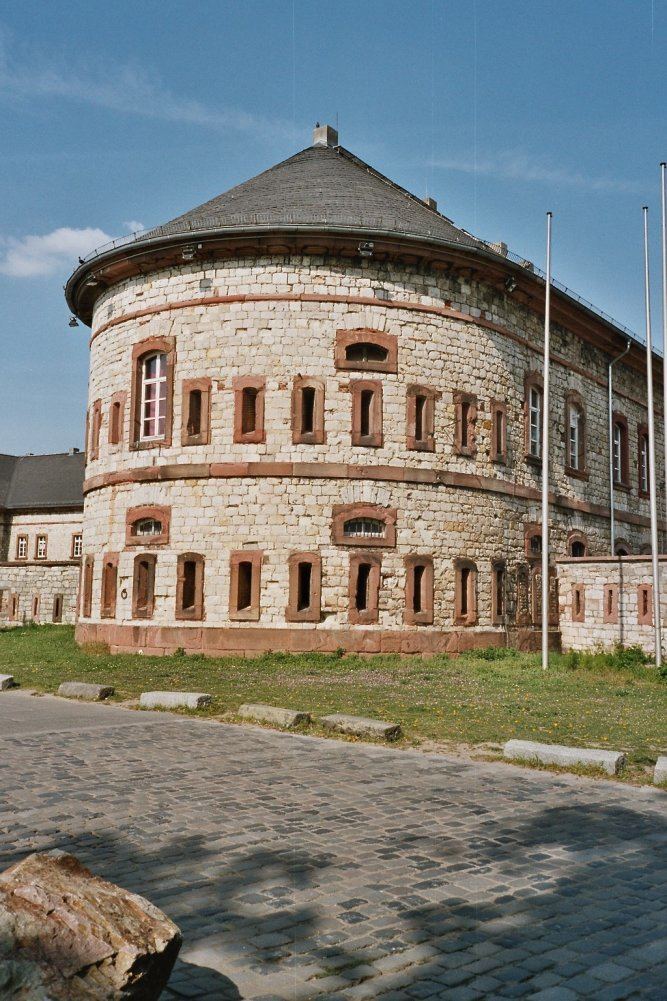 | ||
A reduit is a fortified structure such as a citadel or a keep into which the defending troops can retreat when the outer defences are breached. The term is also used to describe an area of a country, which, through a ring of heavy fortifications or through enhancing through fortification the defences offered by natural features such as mountains, will be defended even when the rest of the county is occupied by a hostile power.
National Reduit
In English the term National Redoubt is fairly commonly used. A redoubt is an outlying fortification, so its use to describe the Nazi's National Redoubt in the German and Austrian Alps is an accurate description. However another term that is sometimes used in English and more frequently used in French is "national reduit" (réduit national) to describe the holding of the centre of a country while abandoning outlying territory.
Examples of this usage are:
